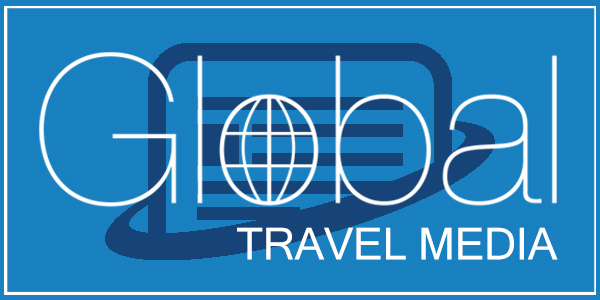 Treasurer Josh Frydenberg released the Australian budget for 2022-23 on March 29. The entire economy, especially the tourism industry, was waiting for the budget. The Covid-19 pandemic has drastically impacted Australia’s tourism sector and the industry needs stimulus to help things get realigned.
Treasurer Josh Frydenberg released the Australian budget for 2022-23 on March 29. The entire economy, especially the tourism industry, was waiting for the budget. The Covid-19 pandemic has drastically impacted Australia’s tourism sector and the industry needs stimulus to help things get realigned.

Source: © Icefields | Megapixl.com
Budget 2022-23
Currently, the Australian economy is under immense inflationary pressure imposed by the Russia-Ukraine conflict. Petrol, nickel, and grocery prices have been skyrocketing in the country. Despite Australia being one of the top seven Covid-19 spenders, consumer confidence in the country is still plunging.
High inflation and almost stagnant wages affect the disposable consumer basket and conclusively affect domestic tourism. Thus, until the supply chain woes caused by the pandemic and the Russian invasion don’t end, it is hard to imagine a complete recovery of Australian tourism.
The budget plays a crucial role in bringing the industry back on track. According to Dan Tehan, till now, the Morrison government has provided more than AU$20 billion for the travel and hospitality industry.
GOOD SECTION: Corporate Travel (ASX: CTD) acquires Helloworld’s (ASX: HLO) travel units
So, let’s see what’s in there for the Australian travel and tourism industry.

Source: © Ronstik | Megapixl.com
In the federal budget for 2022-23, AU$146.5 million is dedicated to supporting the tourism industry. AU$75.5 would be used to support travel agents and tour arrangement service providers.
AU$60 million would be dedicated to accelerating international tourists’ arrivals over the next two years. This includes attracting diverse intentional visitors to Australia. Additionally, AU$6.8 million is provided for the government’s THRIVE 2030: a long-term tourism recovery strategy. This includes AU$2 million for a visitor economy online employment and skills platform and AU$4.8 million for Tourism Research Australia to capture and explore more tourism and visitors’ data.
Also, the government is dedicated to boosting the number of Working Holiday Makers in the country through a one-off 30% increase across all country caps in the current year. This is to boost Australian hospitality and tourism and help hotel operators deal with workforce shortages.
MUST-READ: Boost to the Australian travel industry: New AU$60m funding, Return of travel vouchers
Additionally, the March budget provided Australia’s export tourism businesses support via funding the Export Marketing Development Grants (EMDG). The Grant helps companies promote themselves in the international market.
Many have applauded the decided contributions of the budget to the tourism industry. However, several industry runners have been dissatisfied with the allocations. Some have said they expected the budget to reduce the excise on beer, which could have been an effective stimulator for people to return to clubs. Others opine that the government could have supported the industry with FBT in the food, beverage and in accommodation.
ALSO READ: Are open borders a fast fix for Australian tourism?
Most industry operators have said that it would take time for the tourism industry to get back on track. Tourists are limited at the moment, and the industry has lost hundreds of skilled people. Besides, the international workers in the sector have also been reduced because of the pandemic. Thus, the industry needs to work more towards retaining and re-hiring skilled workers.
Conclusively, the money allocated for the travel and tourism industry will primarily go towards marketing and support for travel agents and tour service providers. However, it is yet to be seen how the industry runners play their cards in the recovery process.
SOURCE: KALKINE MEDIA


















